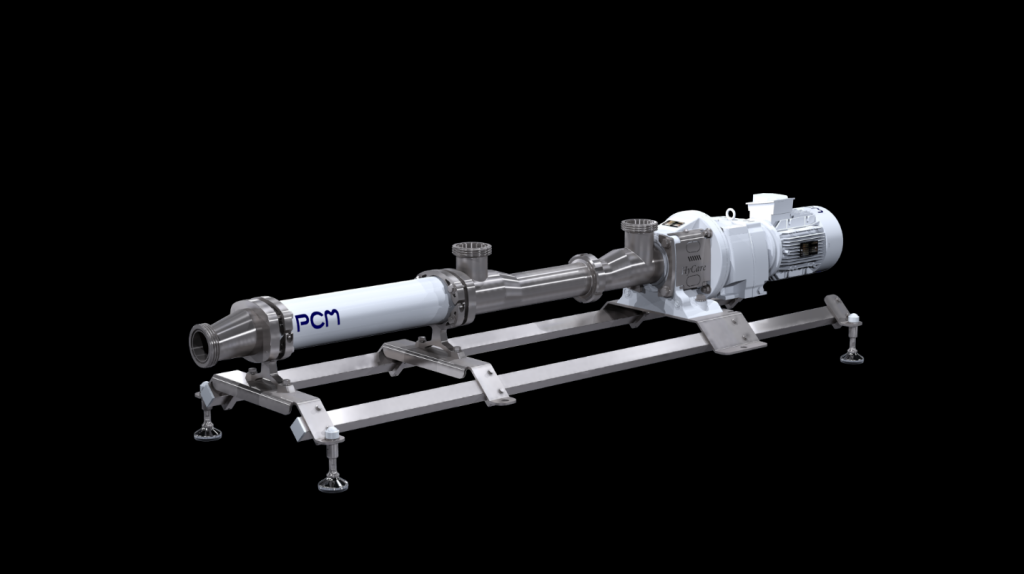Clamps are essential tools used in various industries, including woodworking, metalworking, and construction. They are designed to hold objects securely in place while work is being performed on them. With numerous types and sizes, clamps serve different purposes, from holding pieces together during assembly to providing stability during cutting or welding. This article explores the different types of clamps, their uses, and how they are applied in various projects, including their relevance in construction materials such as geotextiles.
What Are the Different Types of Clamps and Their Uses?
There are several types of clamps, each designed for specific tasks:
- C-clamps: Versatile and commonly used in woodworking and metalworking, C-clamps hold materials in place during gluing, welding, or cutting. They provide a strong grip but can leave marks on delicate surfaces.
- Bar clamps: Also known as F-clamps, these are ideal for larger woodworking projects. They offer a quick-release mechanism for easy adjustments and can span a wide area, making them perfect for gluing large panels.
- Pipe clamps: Constructed using a length of pipe, these clamps are adjustable and can hold wide or irregularly shaped objects. They are commonly used in cabinetry and furniture making.
- Spring clamps: Small, lightweight, and easy to use, spring clamps provide quick and temporary holding power. They are often used in arts, crafts, and light-duty applications.
- Corner clamps: Designed to hold pieces at a right angle, corner clamps are perfect for assembling frames, boxes, and other right-angle structures. They are widely used in both woodworking and metalworking.

Each type of clamp is tailored to specific needs, providing the necessary holding power, ease of use, and flexibility for various tasks.
How Do Clamps Contribute to Safety and Precision in Projects?
Clamps play a vital role in ensuring both safety and precision in different projects:
- Stability: Clamps hold materials securely, reducing the risk of slipping or moving during work. This stability prevents accidents, especially when using power tools.
- Accuracy: By holding pieces in a fixed position, clamps enable precise measurements and cuts. This is particularly important in projects that require high levels of accuracy, such as cabinetry and joinery.
- Ease of Work: Clamps free up hands, allowing workers to focus on intricate details without worrying about holding materials in place. This is beneficial in delicate tasks, such as soldering or detailed wood carving.
- Prevention of Damage: Certain clamps are equipped with soft pads to prevent marring on delicate surfaces, such as finished wood or polished metal.
Using the right type of clamp for a specific task ensures safety, enhances accuracy, and prevents potential damage to the materials being worked on.
How Are Clamps Used in Conjunction with Geotextiles?
In construction, geotextiles are permeable fabrics used for soil stabilization, drainage, and erosion control. Clamps are often utilized when working with geotextiles to ensure they are properly positioned and secured during installation:
- Holding Geotextiles in Place: Clamps can hold geotextiles temporarily while they are being cut to size or fitted into place. This ensures that the material does not shift, allowing for accurate placement and installation.
- Securing Geotextiles During Seaming: When joining two or more pieces of geotextile, clamps help keep the material steady, allowing for proper stitching or welding. This is crucial for creating strong, continuous seams that ensure the integrity of the geotextile layer.
- Facilitating Repairs: If a section of geotextile requires repair, clamps can hold the damaged area in place, providing stability during the application of patches or additional layers.
The use of clamps in geotextile applications enhances efficiency and accuracy, leading to better performance and longevity of the material in construction projects.
What Should You Consider When Choosing a Clamp for Your Project?
Selecting the right clamp depends on several factors:
- Material Type: Consider the material you are working with. For delicate or finished surfaces, opt for clamps with padded jaws to prevent damage.
- Size and Capacity: Ensure the clamp size and opening capacity match the dimensions of your workpieces. For large panels or frames, choose bar or pipe clamps with an extended reach.
- Holding Strength: Different clamps provide varying levels of pressure. For heavy-duty applications, such as welding or metalworking, choose clamps that offer a high clamping force.
- Ease of Use: Consider how quickly and easily the clamp can be adjusted or released. Quick-release clamps are beneficial in tasks that require frequent repositioning.
- Specific Task Requirements: Specialized clamps, such as corner or edge clamps, are ideal for specific projects like frame assembly or edge gluing. Selecting the right type can significantly improve efficiency and results.
Understanding these considerations will help you choose the most suitable clamp for your specific needs, ensuring safety, accuracy, and efficiency in your work.
Clamps are indispensable tools across various industries, providing stability, safety, and precision in numerous applications. From woodworking and metalworking to construction projects involving geotextiles, clamps ensure that materials are held securely in place for optimal results. By understanding the different types of clamps and their specific uses, you can select the best tool for your project, leading to better quality work and enhanced productivity.
